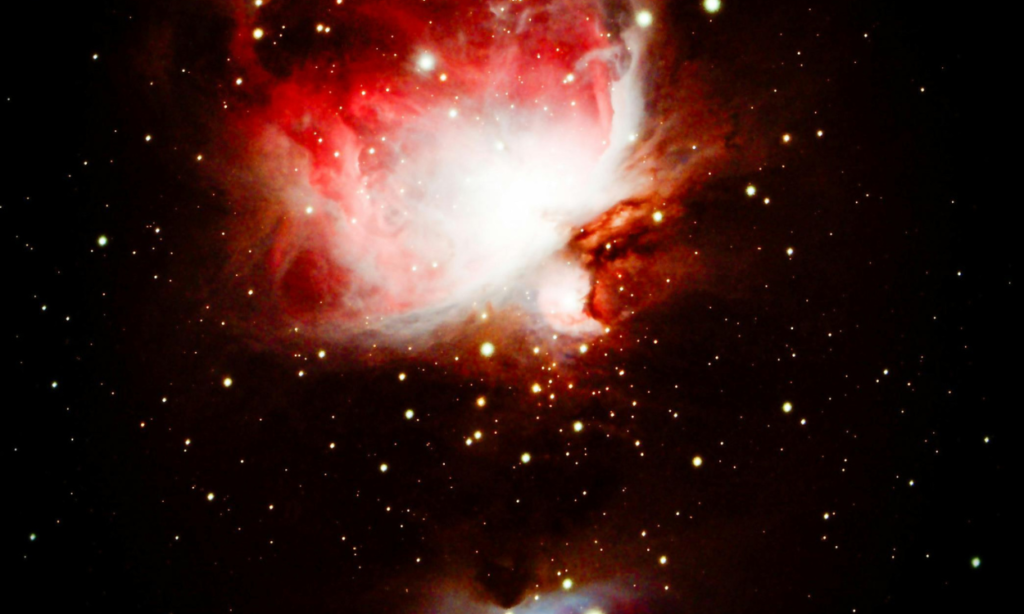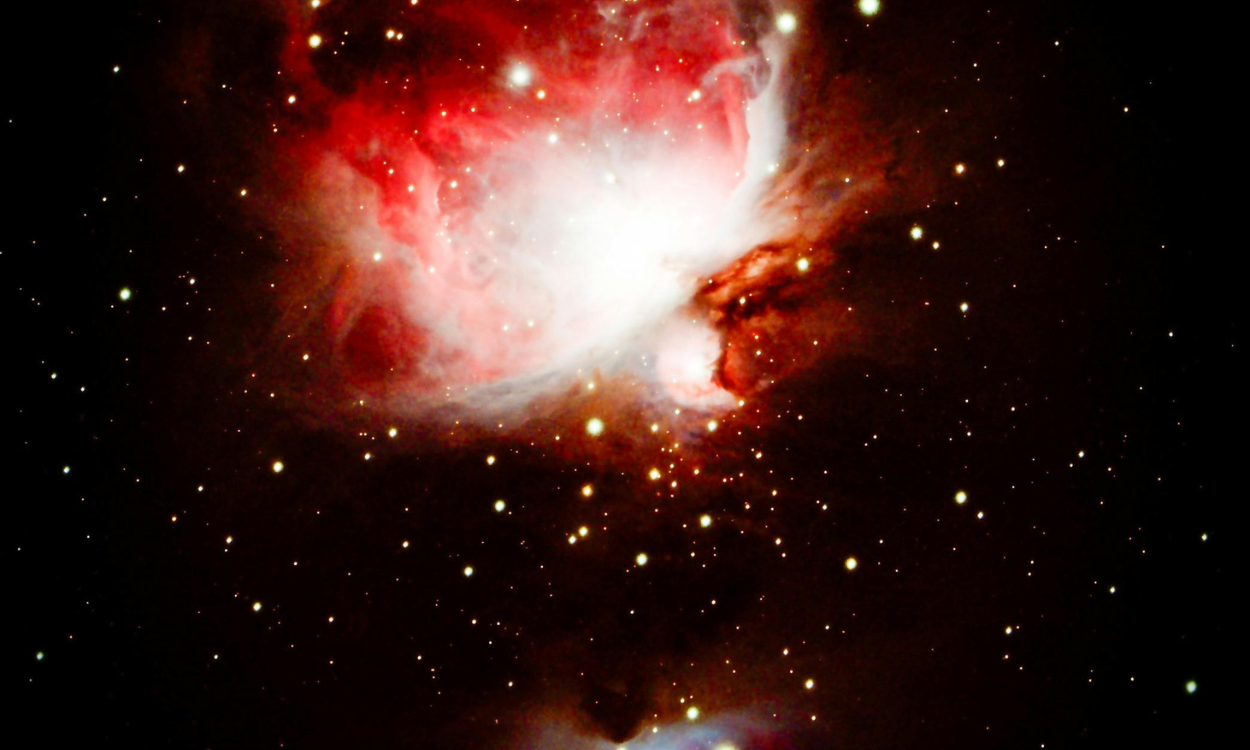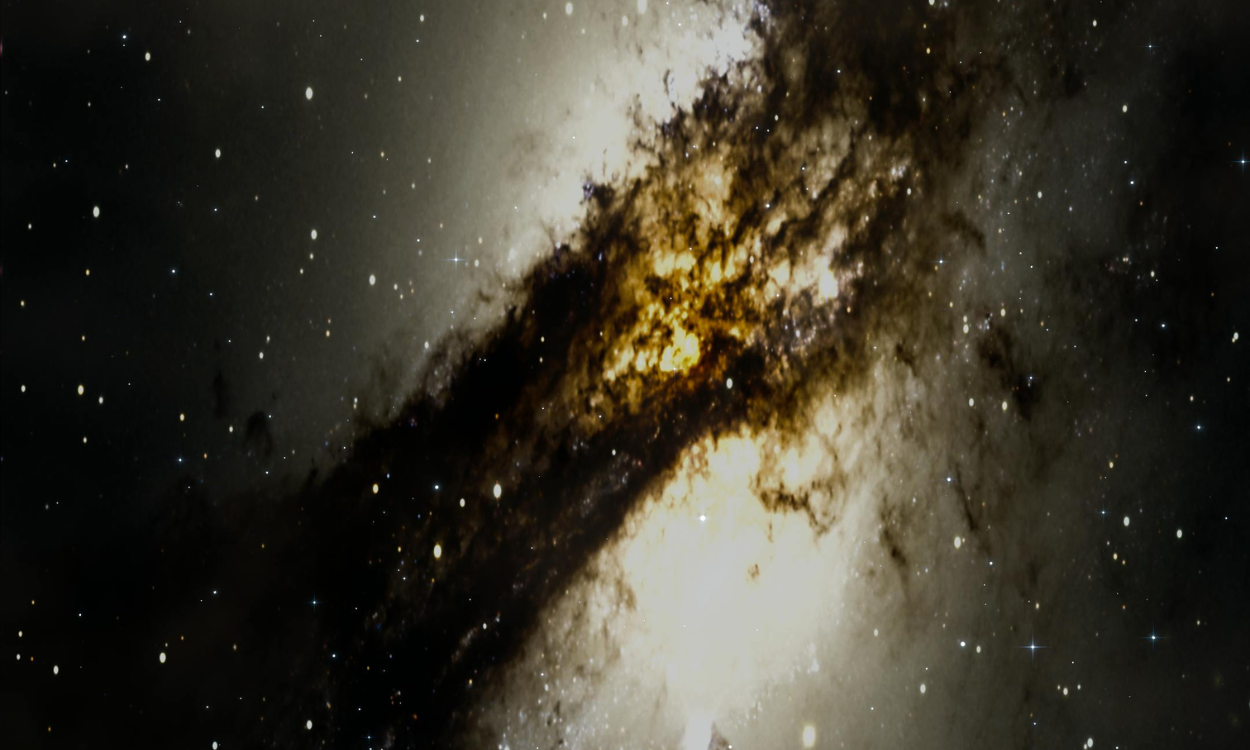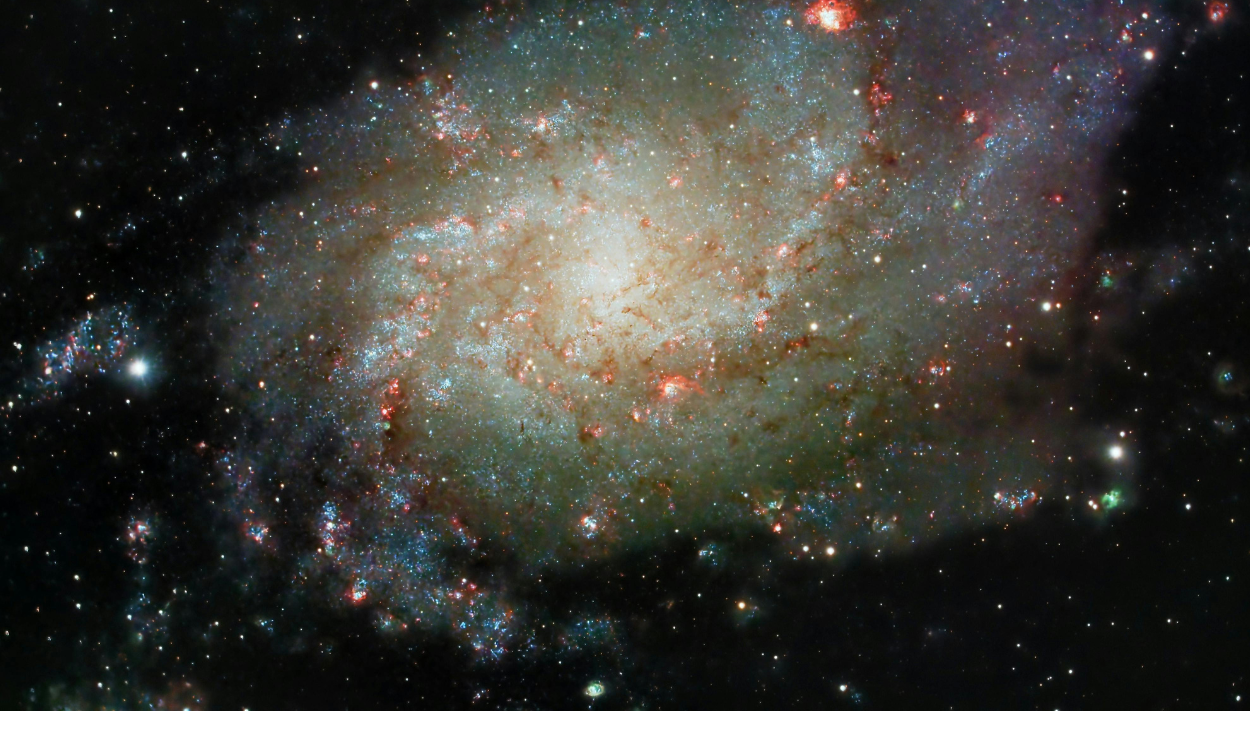Between the Stars: The Secret Life of the Interstellar Medium
The vastness of space is not an empty void, as one might assume. Between the luminous stars that populate galaxies lies a dynamic and complex environment known as the interstellar medium. This fascinating realm is a mix of gas, dust, and cosmic rays that plays a crucial role in the life cycle of stars and galaxies. In this article, we delve into the secret life of the interstellar medium, uncovering its mysteries and understanding its impact on the universe.
Table of Contents

What is the Interstellar Medium?
The interstellar medium (ISM) refers to the matter that exists in the space between stars within a galaxy. It consists primarily of hydrogen and helium gases, along with trace amounts of heavier elements and dust particles. Despite its sparse distribution, the interstellar medium is the birthplace of stars and the reservoir of materials that sustain stellar evolution.
The ISM is categorized into different components based on temperature and density. These include:
- Cold Neutral Medium (CNM): Dense and cool regions where temperatures can drop to just a few tens of Kelvin.
- Warm Neutral Medium (WNM): Less dense areas with temperatures ranging between 6,000 and 10,000 Kelvin.
- Ionized Medium: Hot, ionized regions often found near young, massive stars.
- Molecular Clouds: Densely packed regions where molecules form, often leading to star formation.
Understanding these components is key to grasping the secret life of the interstellar medium.
The Role of the Interstellar Medium in Star Formation
One of the most significant roles of the interstellar medium is its involvement in the birth of stars. Molecular clouds, a part of the interstellar medium, are the cradles where stars are born. When these clouds collapse under their own gravity, they form dense cores that eventually ignite nuclear fusion, marking the birth of a star.
The interstellar medium also regulates the rate of star formation. Factors such as the density, temperature, and chemical composition of the ISM determine how readily stars can form. For example, areas rich in molecular hydrogen are more likely to foster star formation compared to regions dominated by ionized or atomic gas.
The Dynamic Nature of the Interstellar Medium
Far from being static, the interstellar medium is a dynamic entity. It is shaped by various processes, including:
- Stellar Winds: Massive stars emit powerful winds that compress and heat the surrounding interstellar medium.
- Supernova Explosions: These catastrophic events eject vast amounts of energy and material into the ISM, creating shock waves that compress and redistribute the medium.
- Galactic Rotation: The movement of galaxies stirs the interstellar medium, creating turbulence and mixing its components.
- Cosmic Rays: High-energy particles that permeate the ISM influence its temperature and ionization state.
These processes ensure that the interstellar medium is continually evolving, recycling matter, and redistributing energy throughout galaxies.
Observing the Interstellar Medium
Studying the interstellar medium presents unique challenges due to its diffuse nature and the vast distances involved. However, astronomers have developed sophisticated techniques to probe its properties. These include:
- Spectroscopy: By analyzing the light absorbed or emitted by the ISM, scientists can determine its chemical composition, temperature, and density.
- Radio Astronomy: Observations of specific radio wavelengths, such as the 21-cm line of hydrogen, reveal the distribution and motion of neutral gas in the ISM.
- Infrared Observations: Dust within the ISM absorbs and re-emits starlight in the infrared, providing insights into its structure and temperature.
- X-ray and Gamma-ray Observations: High-energy emissions from hot, ionized regions offer clues about the most energetic processes within the interstellar medium.
These tools allow astronomers to piece together a comprehensive picture of the interstellar medium and its role in the cosmos.
The Interstellar Medium and Galactic Evolution
The interstellar medium is not only vital for star formation but also for the overall evolution of galaxies. As stars form and die, they enrich the ISM with heavier elements, or “metals,” produced during stellar lifecycles. These metals are then incorporated into new generations of stars and planets, contributing to the chemical evolution of galaxies.
Furthermore, interactions between galaxies can significantly alter their interstellar medium. For instance, when galaxies collide, their ISM can compress, triggering bursts of star formation. Conversely, some interactions can strip the ISM from galaxies, quenching star formation and altering their appearance.
The Mystery of Dark Clouds
A particularly intriguing aspect of the interstellar medium is the presence of dark clouds. These regions, so dense that they obscure background light, are enigmatic zones where molecular chemistry thrives. Within these clouds, complex organic molecules form, some of which are considered precursors to life. The secret life of the interstellar medium’s dark clouds is a vibrant field of research, with scientists investigating their potential connection to the origins of life in the universe.
The Interstellar Medium and Us
The interstellar medium’s significance extends beyond distant galaxies; it is intimately connected to our existence. The Sun and solar system formed from material within the ISM. Every atom of carbon, oxygen, and nitrogen in our bodies once resided in the interstellar medium, forged in the hearts of ancient stars and dispersed into space upon their death.
Moreover, studying the interstellar medium enhances our understanding of astrobiology and the potential for life beyond Earth. By examining the conditions and processes within the ISM, scientists can better assess the likelihood of life arising in other parts of the galaxy.
Challenges and Future Prospects
Despite significant advances, much about the interstellar medium remains mysterious. Questions about its role in galaxy formation, the precise mechanisms of star formation, and the origins of complex molecules continue to drive astronomical research. Future missions, such as the James Webb Space Telescope and next-generation radio observatories, promise to revolutionize our understanding of the ISM.
As technology advances, the study of the interstellar medium will undoubtedly reveal more secrets about the universe. Its dynamic nature and crucial role in cosmic evolution ensure that it remains a captivating subject for scientists and space enthusiasts alike.
Conclusion
The interstellar medium is far more than the space between stars; it is a vibrant, dynamic environment that shapes the universe as we know it. From nurturing newborn stars to influencing the evolution of galaxies, the interstellar medium’s secret life is a testament to the complexity and beauty of the cosmos. As we continue to explore its mysteries, the interstellar medium reminds us of our connection to the stars and the profound intricacies of the universe that surrounds us.





